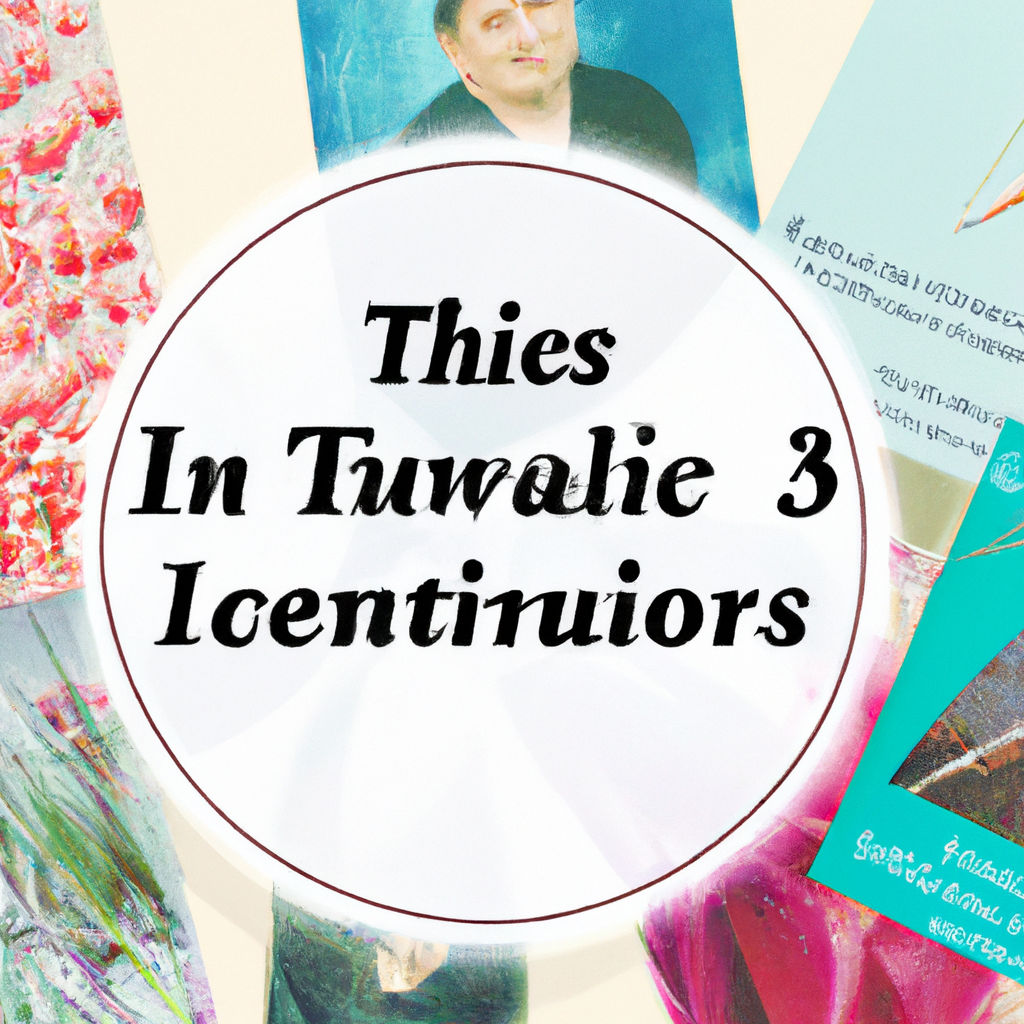
In a world where the digital and the tangible increasingly intertwine, the inaugural Digital Art Mile at Basel posed a reflective question on the relevance of the traditional art world. Nestled remotely from the bustling corridors of Art Basel, this pioneering event presented a quieter yet profoundly introspective arena where collectors, artists, and aficionados gathered not just to observe but to delve into spirited debates about the evolving landscape of art.
The Digital Art Mile serves not only as a showcase but as a sanctuary for digital artists to discuss the essentiality of traditional settings in a realm where pixels meet canvases. The ambience, markedly more subdued than at Art Base, allowed for deeper, more meaningful interactions. Participants moved through virtual and augmented realities, engaging with artworks that challenge the very notion of what art is and what it could be.
Among the whispers and digital projections, the dialogue often circled back to one central theme: Does the traditional art world still hold its grandeur in the era of digital creation? With every virtual sculpture and digital brushstroke, the boundaries between the old and new art forms are not just blurred but expanded, paving the way for a hybrid future where digital and traditional art coexist and complement one another.
This quieter setting at the Digital Art Mile was perhaps the most fitting for such discussions – a space where one can ponder upon the rapidly changing artistic expressions without the overwhelming spectacle commonly associated with major art events. It highlighted an emerging trend where the art narrative is no longer monopolized by traditional institutions but is being rewritten by the digital avant-garde.
The fair, with its mélange of established digital artists and emerging visionaries, demonstrated a seamless melding of technology and creativity. It suggested that perhaps the question is not whether the traditional art world matters, but how it will adapt to the inescapable digital transformation. The Digital Art Mile, in its inaugural essence, has laid down the digital carpet, welcoming a future where art is liberated from conventional constraints, yet remains deeply rooted in traditional artistic discourse.
In conclusion, the discussions at Basel's Digital Art Mile did not just critique the validity of traditional art spaces in the digital age but also celebrated the potential of new media, setting the stage for future cultural synthesis. As the digital and traditional art worlds converge, the real beauty may reside not in their distinctions, but in their ability to evolve and redefine the cultural narrative together.